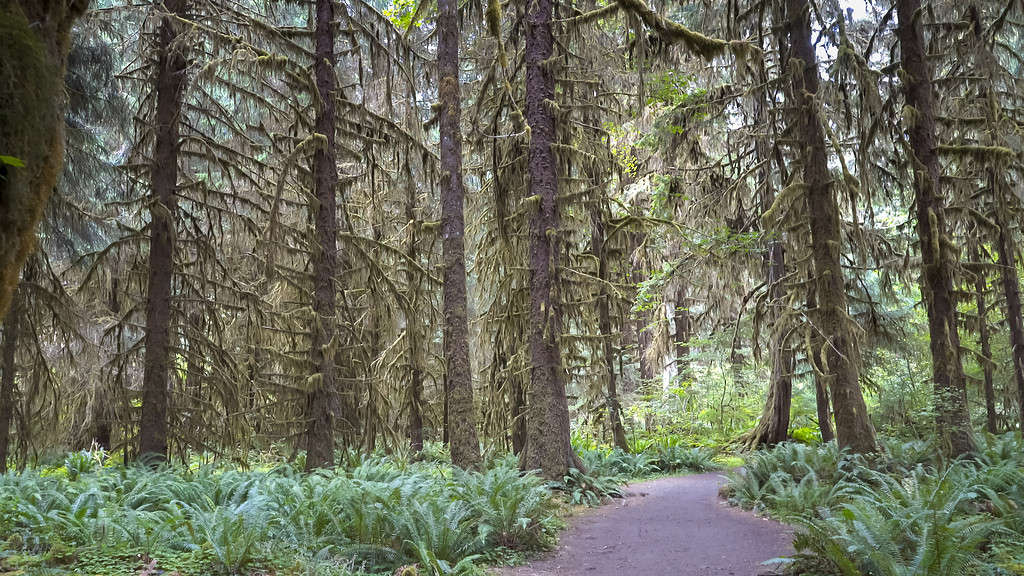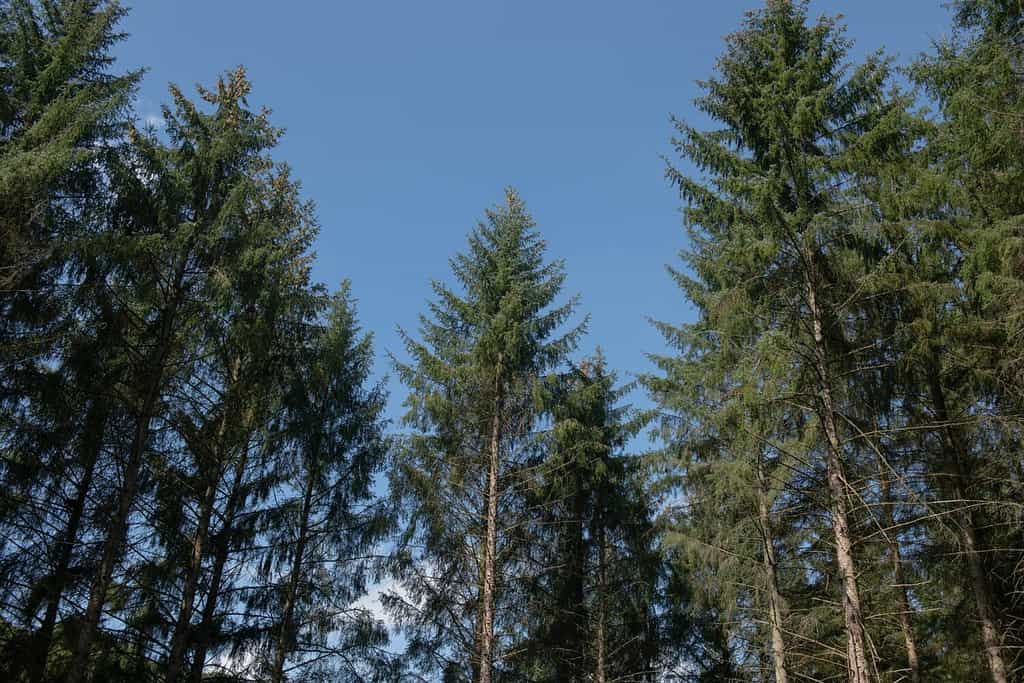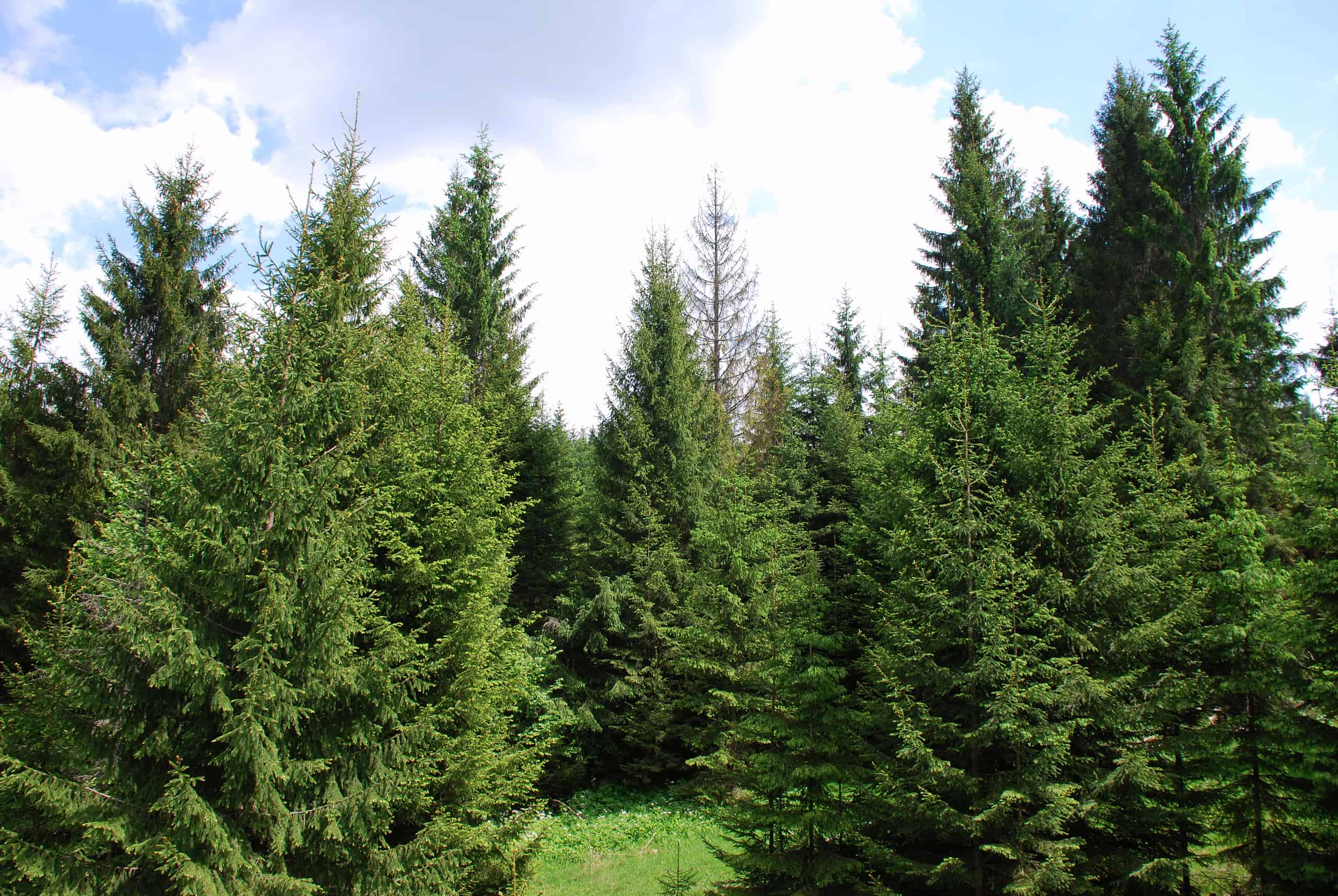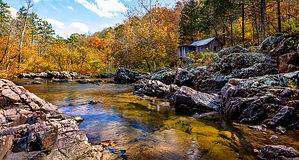There are areas along the western coast where you will come across forests that have both western hemlock and Sitka spruce. Though these trees look rather similar to the untrained eye, there are some differences between the trees. To learn more about the evergreen trees western hemlock vs. Sitka spruce, keep reading.
The article will not only cover a quick comparison of the main categorical differences between the two tree species but also a few of the major differences you need to know to truly understand how these two plants operate.
A Quick Comparison of the Western Hemlock vs. Sitka Spruce Tree
| Differences | Western Hemlock | Sitka Spruce Tree |
|---|---|---|
| Classification | Kingdom: Plantae Subkingdom: Tracheophytes Superdivision: Gymnospermae Division: Pinophyta Class: Pinopsida Order: Pinales Family: Pinaceae Genus: Tsuga Species: Tsuga heterophylla | Kingdom: Plantae Subkingdom: Tracheobionta Superdivision: Spermatophyta Division: Coniferophyta Class: Pinopsida Order: Pinales Family: Pinaceae Genus: Picea Species: Picea sitchensis |
| Origin | Sierra Nevada mountain range, California | Northern California and Alaska |
| Natural Habitat | Narrow forests along the western coast | Narrow forests along the western coast |
| USDA Hardiness Zone | 6 | Zones 6 to 8 |
| Conservation Status in the US | Least concern, population increasing | Least concern, common in the wild |
| Size | Height: up to 165 to 230 feet | Height: 40 to 230 feet |
| Shape | Conal shape that turns more cylindrical in shape as the tree ages; thin back full of ridges | Cylindrical, slender shape; scaly trunk |
| Foliage | Feathery | Needle-like |
| Wood | Great strength-to-weight ratio, resistant to rot | Medium-quality, slightly decay-resistant |
| Cones | Less than an inch (2.5 cm) | 1-3 inches (2.5- 7.5 cm) |
| Uses | As a tanning agent, general construction, solid beams, decking, and plywood | Ships, construction, plywood, sounding boards for musical instruments |
| Elevation Limit (Distance Above Sea Level) | Upper: 7,000 feet (2,130 m) Lower 0 feet (0 m) | Upper: 2,296 feet (700 m) Lower: 0 feet (0 m) |
Key Differences Between the Western Hemlock vs. Sitka Spruce Tree
If that information is overwhelming, don’t worry. The differences below are the major ones. They’ll allow you to quickly identify one plant over the other, and let you learn the main characteristics of each species.
Growth

Western hemlock are small and conal in shape until they get much older.
©DustinSafranek/iStock via Getty Images
Sitka spruce grows quickly and needs a lot of sunshine. You’ll find their saplings in places where there’s a lot of sunshine. While these spruce trees do well in older parts of their forest, the younger plants need a lot more space.
On the other hand, western hemlock grows a lot slower. They don’t shoot up. However, shade is no problem for this species. They often grow under the spruce. Eventually, the hemlocks grow to a similar size as the spruce.
Right now, in the forests where these two trees grow together, the spruce dominates the landscape, but in a few dozen years, the landscape might change to where hemlocks are the dominating plant.
Appearance

Sitka spruce are tall and cylindrical trees that grow well when they have a lot of light.
©crbellette/iStock via Getty Images
The two trees look rather different as well. It’s hard to tell them apart at a glance, or to the untrained eye, but there are key differences that will help you identify one from the other.
To start with, there’s the Sitka spruce. These trees have dark green needles that grow singularly instead of in clumps. The needles are sharp on the ends and somewhat square. Their bark looks a lot like scales. They grow in circular shapes that flake off.
Meanwhile, the western hemlock looks a little different. It has flat needles. The ends are also blunt, and won’t hurt you when you touch them. The needles are soft and shiny. The bark is fairly stringy in appearance. As the tree grows older, the bark thickens and develops furrows.
Range

Both Sitka spruces and western hemlocks grow tall and thin.
©Peter Turner Photography/Shutterstock.com
Stika spruces have a decent range. They grow primarily along the western coast. They are in a narrow strip along the coast so they’re never far from water. Their range starts from the Aleutian Island chain in Alaska and goes all the way down to Cape Mendocino in the northern area of California. Sitka spruce is fairly adaptable and though it works best in hardiness Zone 6, it does well in Zones 6 to 8.
Western hemlock has a slightly larger range. It goes from Kenai Peninsula in Alaska down to central California’s coast. It runs along the coast, much like the Sitka spruce. However, what makes its range slightly different is that it’s also found in the Rocky Mountains. However, despite this wider range, they only do well in hardiness Zone 6.
Thank you for reading! Have some feedback for us? Contact the AZ Animals editorial team.








